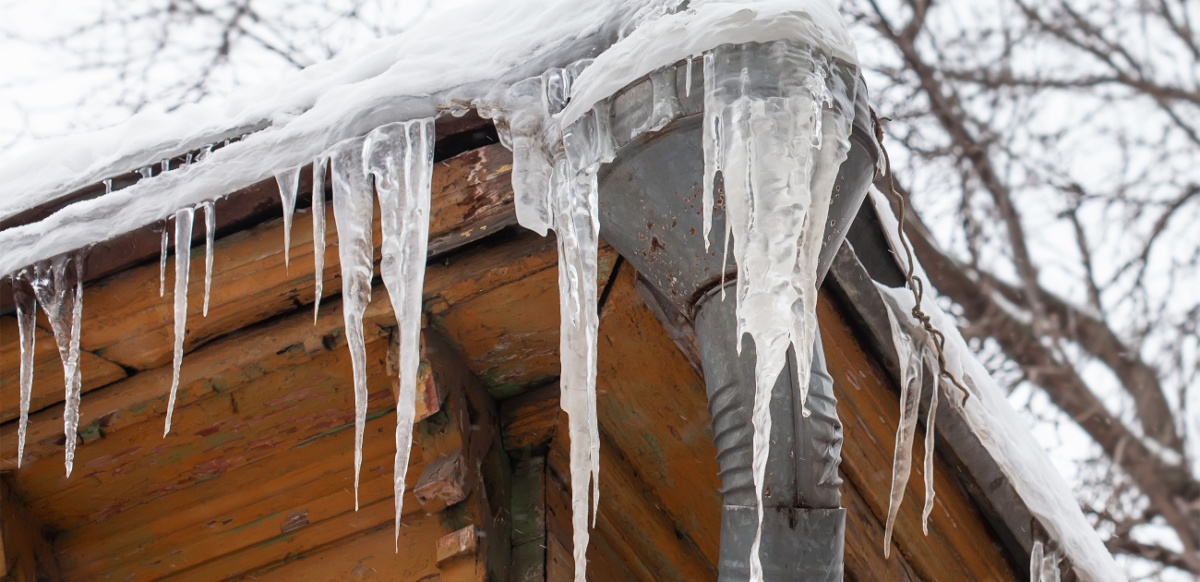This post directly below involving How To Avoid Freezing Pipes is totally enlightening. You should keep reading.

Cold weather can damage your pipes, especially by freezing pipelines. Right here's how to avoid it from taking place and what to do if it does.
Introduction
As temperatures drop, the risk of icy pipelines boosts, potentially leading to pricey fixings and water damage. Understanding exactly how to prevent icy pipes is essential for homeowners in chilly climates.
Comprehending Icy Pipes
What creates pipes to freeze?
Pipelines ice up when revealed to temperatures listed below 32 ° F (0 ° C) for extended durations. As water inside the pipelines freezes, it expands, taxing the pipeline wall surfaces and potentially causing them to burst.
Risks and damages
Icy pipelines can bring about water supply disruptions, residential property damage, and pricey fixings. Burst pipes can flood homes and cause considerable architectural damages.
Indicators of Frozen Pipes
Determining icy pipelines early can stop them from breaking.
How to identify icy pipes
Seek reduced water flow from taps, uncommon smells or noises from pipelines, and visible frost on exposed pipes.
Prevention Tips
Protecting vulnerable pipes
Cover pipelines in insulation sleeves or use warmth tape to secure them from freezing temperatures. Concentrate on pipes in unheated or external areas of the home.
Heating strategies
Maintain indoor spaces adequately heated up, particularly areas with pipes. Open cupboard doors to permit warm air to distribute around pipelines under sinks.
Shielding Outside Plumbing
Yard hoses and outside faucets
Separate and drain garden hose pipes before wintertime. Mount frost-proof faucets or cover exterior taps with protected caps.
What to Do If Your Pipes Freeze
Immediate actions to take
If you suspect frozen pipes, keep taps open up to soothe pressure as the ice thaws. Utilize a hairdryer or towels soaked in warm water to thaw pipes gradually.
Long-Term Solutions
Architectural changes
Consider rerouting pipes far from outside wall surfaces or unheated locations. Include additional insulation to attics, cellars, and crawl spaces.
Updating insulation
Purchase top notch insulation for pipelines, attic rooms, and wall surfaces. Correct insulation assists keep consistent temperature levels and reduces the danger of frozen pipelines.
Verdict
Preventing icy pipes needs positive procedures and fast actions. By recognizing the reasons, indicators, and safety nets, home owners can shield their pipes during cold weather.
Helpful Tips to Prevent Frozen Pipes this Winter
UNDERSTANDING THE BASICS: WHY PIPES FREEZE AND WHY IT’S A PROBLEM
Water freezing inside pipes is common during the winter months, but understanding why pipes freeze, and the potential problems it can cause is crucial in preventing such incidents. This section will delve into the basics of why pipes freeze and the associated problems that may arise.
THE SCIENCE BEHIND FROZEN PIPES
When water reaches freezing temperatures, it undergoes a physical transformation and solidifies into ice. This expansion of water as it freezes is the primary reason pipes can burst. As the water inside the pipe freezes, it expands, creating immense pressure on the walls. If the pressure becomes too great, the pipe can crack or rupture, leading to leaks and water damage.
FACTORS THAT CONTRIBUTE TO PIPE FREEZING
- Low Temperatures: Extremely cold weather, especially below freezing, increases the risk of pipes freezing.
- Uninsulated or Poorly Insulated Pipes: Pipes located in unheated areas, such as basements, crawl spaces, or attics, are more prone to freezing. Insufficient insulation or lack of insulation altogether exacerbates the problem.
- Exterior Wall Exposure: Pipes running along exterior walls are susceptible to freezing as they encounter colder temperatures outside.
- Lack of Heating or Temperature Regulation: Inadequate heating or inconsistent temperature control in your home can contribute to frozen pipes.
PROBLEMS CAUSED BY FROZEN PIPES
WHY CERTAIN PIPES ARE MORE PRONE TO FREEZING
- Pipe Bursting: As mentioned earlier, the expansion of water as it freezes can cause pipes to burst, resulting in significant water damage.
- Water Damage: When pipes burst, it can lead to flooding and water damage to your property, including walls, ceilings, flooring, and personal belongings.
- Structural Damage: Prolonged exposure to water from burst pipes can compromise the structural integrity of your home, leading to costly repairs.
- Mold and Mildew Growth: Excess moisture from water damage can create a favorable environment for mold and mildew growth, posing health risks to occupants.
- Disrupted Water Supply: Frozen pipes can also result in a complete or partial loss of water supply until the issue is resolved.
https://busybusy.com/blog/helpful-tips-to-prevent-frozen-pipes-this-winter/
- Location: Pipes located in unheated or poorly insulated areas, such as basements, crawl spaces, attics, or exterior walls, are at higher risk of freezing.
- Exterior Pipes: Outdoor pipes, such as those used for irrigation or exposed plumbing, are particularly vulnerable to freezing as they are directly exposed to the elements.
- Supply Lines: Pipes that carry water from the main water supply into your home, including the main water line, are critical to protect as freezing in these lines can affect your entire plumbing system.
- Underground Pipes: Pipes buried underground, such as those connected to sprinkler systems or outdoor faucets, can be susceptible to freezing if not properly insulated.

As a keen reader on Helpful Tips to Prevent Frozen Pipes this Winter, I think sharing that piece of content was smart. Sharing is good. Who knows, you could be doing someone a favor. Thanks so much for going through it.
Try Here
Comments on “Essential Approaches for Preventing Frozen Pipes in Winter”